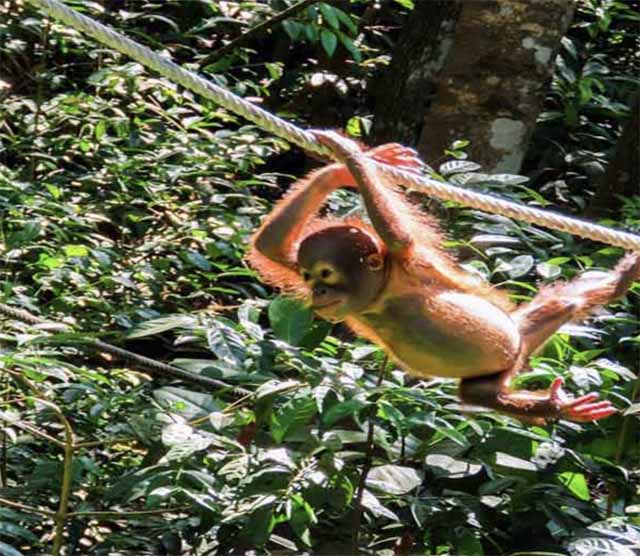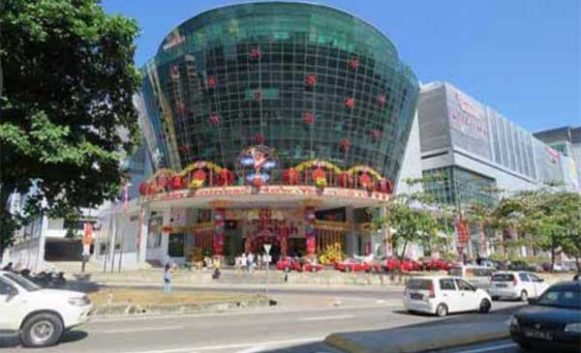Kota Kinabalu, Malaysia
The popular image of Borneo involves headhunters, dense jungle, roaring rivers, and grand adventures. Which can make for a shock when you arrive in the city of Kota Kinabalu (KK).
Home to around 1 million people it’s every bit as sophisticated as other places in Malaysia, albeit with the thrills of Asia’s biggest island right on the doorstep. More than half of the surrounding province is forest, much of it protected national parks.

Elephants, orangutans, fruit bats, gibbons, clouded leopards, and crocodiles…3,000 types of tree, 15,000 species of flowering plant…extensive coral reefs…spend your days exploring nature and your evenings at the movies or dining on the waterfront promenade.
An easy day-trip is the 15-minute boat ride out to Sapi Island where you can spend the day snorkeling. Gaya is the biggest island offshore of the city and offers trekking and white sands. It’s only 10-minutes away and boats for both islands leave from Jesselton Ferry Terminal right beside the Suria mall (a good place for a $4.50 meal with an ocean view).
English is widely spoken, people are friendly and curious and rentals are easy to find. I saw several buildings around town dedicated to serviced apartments. Close to the waterfront you can rent by the day or the month in Marina Court. Online rates start from $674 a month but my contact told me you can get a place there for as little as $405 if you come in person. And that includes electricity and water.
Other costs are low. In total, monthly costs range from $720 to $1,800 depending on the lifestyle you choose. Eat out often in Western-style restaurants and buy imported Western goods and you’ll be at the higher end. But where’s the fun in that?
Hainanese-style chicken and rice orhinava, a traditional ceviche style dish of the indigenous Kadazan-Dusun people, is the perfect low-cost way to fill up.
The Kadazan-Dusun are the largest indigenous group, followed by the Bajau and Murut. The latter were the region’s most feared headhunters, there was a time that no young man of the tribe could marry until he had collected a head. But you’re safe these days—very safe in KK—and you can take a day trip from town to visit with these people and even stay the night in their traditional longhouses.

